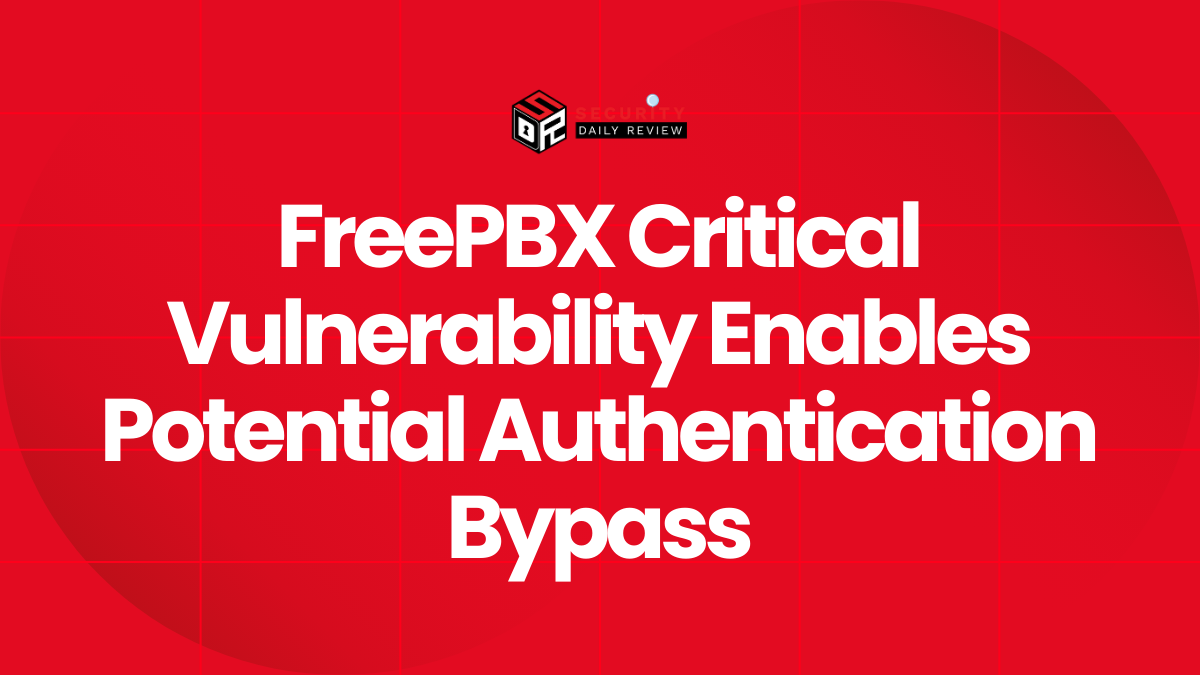The ‘node-forge’ package, a pivotal cryptography library for JavaScript, is facing a significant security vulnerability. This flaw could potentially allow bad actors to bypass signature verifications through specially-crafted data, posing severe risks to applications relying on this package.
Examining the Impact of the ‘node-forge’ Vulnerability
The discovered vulnerability in the ‘node-forge’ library is raising concerns within the cybersecurity community. Security experts highlight the potential for attackers to manipulate data, tricking systems into accepting altered information as legitimate. The widespread use of ‘node-forge’ in various applications underscores the broad implications of this security flaw.
How the Vulnerability Affects Signature Verification
At the heart of the problem is the ability to craft data that seems valid, successfully evading signature authentications. This issue allows cybercriminals to create seemingly genuine signatures, compromising data integrity and authenticity. The critical nature of this vulnerability lies in its potential to disrupt security protocols that depend on ‘node-forge’ for encryption and decryption processes.
Potential Consequences for Applications Using ‘node-forge’
Applications integrating ‘node-forge’ face the possibility of data breaches through unauthorized access. The risk extends to all sectors utilizing JavaScript for their digital services, as the trustworthiness of digital signatures is paramount for secure transactions and communications. Developers are urged to evaluate their systems and consider alternative libraries or version updates that address this vulnerability.
Mitigating Risks Through Best Practices
The community must adopt proactive measures to mitigate the risks associated with the ‘node-forge’ vulnerability.
Recommended Actions for Developers
Experts recommend the following steps for developers to protect their applications:
- Regular Package Updates : Ensuring that the latest security patches and library updates are applied promptly can protect against known vulnerabilities. Developers should monitor updates to ‘node-forge’ and other cryptographic libraries they use.
- Implement Stronger Security Checks : Adding multiple layers of verification and validation can help detect irregularities early, preventing exploitation attempts from succeeding.
- Alternative Libraries : Evaluating and potentially migrating to alternative cryptography libraries that offer better security assurances may provide more robust protection against similar vulnerabilities.
Vigilance and Rapid Response are Key
This vulnerability in the ‘node-forge’ package highlights the ongoing challenges in maintaining robust cybersecurity protocols. As cyber threats evolve, so must the strategies to counter them. The critical lesson here is the importance of staying vigilant and responsive to vulnerabilities, ensuring the security of digital assets. Regular updates and comprehensive threat detection measures remain essential components of a strong cybersecurity framework.









